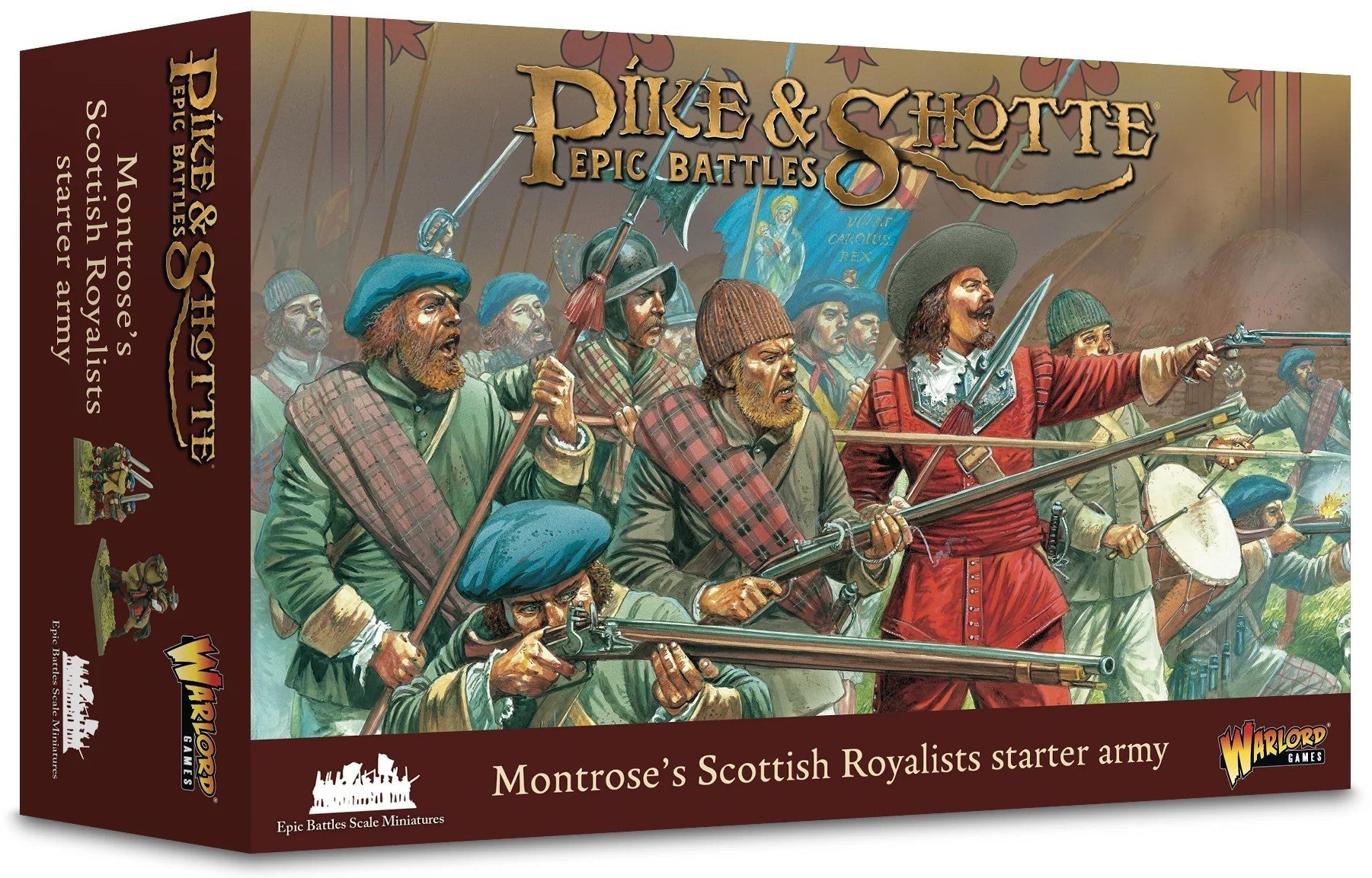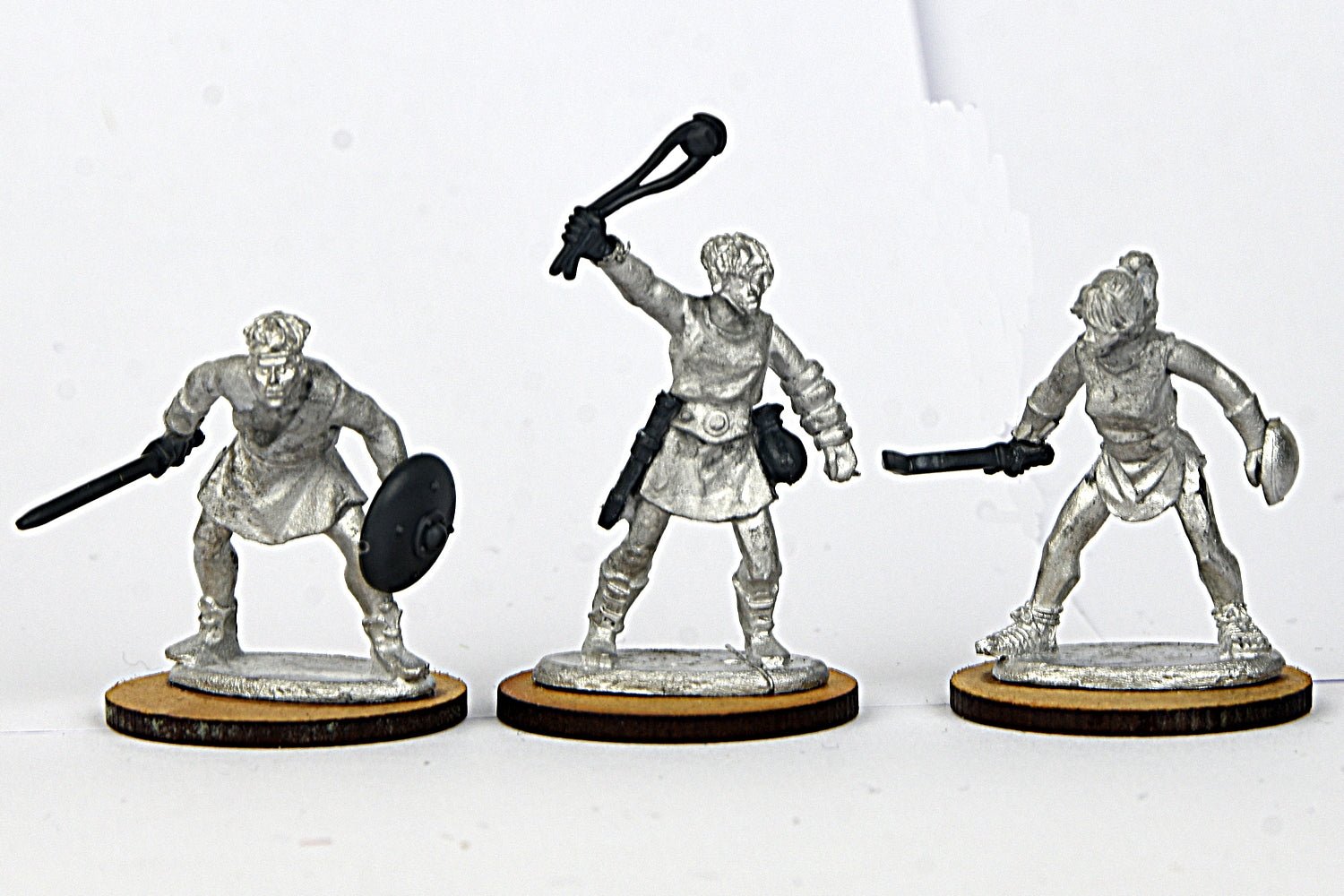VIVE LA! - part I
“The corps of Armand shamefully turned its back, carrying confusion and dismay into our ranks” – Henry Lee

On the 10th of May, 1777, Charles Armand Tuffin, Marquis de la Rouerie received a commission in the Continental Army as Colonel. At his own instance Armand was directed to raise a partisan corps of Frenchmen, not exceeding the number of two hundred. A corps of German deserters was also transferred to Armand’s. The companies of Count von Ottendorff, Anthony Seelin, John Paul Schott, Jost Driesbach, and Jacob Bauer, composed of volunteers who could not speak English, were inducted into the legion. In 1779, the remains of the legion of the late Count Pulaski were incorporated with the corps of Armand as well. While the duties of Armand’s command were of extreme delicacy, it seems clear that among those who composed it, there were some unfit for such a service.
At Camden, Armand’s Legion did not exceed one hundred men and consisted of cavalry and light infantry. His cavalry advanced; Colonel Porterfield’s light infantry was upon Armand’s right flank in Indian file, two hundred yards from the road; Major Armstrong’s light infantry was in the same order, upon the left flank of the legion.
The British Legion cavalry, which formed the British advance, charged the American Legion cavalry. Conforming with the order of General Gates, the latter received the charge, and the flanking parties, under Colonel Porterfield and Major Armstrong, poured in a destructive fire and the British fell back. The light companies in their rear coming up to support them, the British cavalry renewed the attack, and succeeded in driving Colonel Armand back, in confusion, upon the Maryland line, Colonel Porterfield being severely wounded. Lee accounts for this by saying the officers were “…generally foreign, soldiers chiefly deserters. It was the last corps in the army which ought to have been entrusted with the van-post, because, however unexceptionable the officers may have been, the materials of which the corps was composed did not warrant such distinction.” A sergeant in the Delaware Regiment, in his manuscript account of the Southern Campaign, writes, 16th of August, 1780, “As for Armong’s [sic] Horse they thought upon nothing else but plundering our waggons, as they retreated.”
After Camden, Armand’s Legion could render no service on its present footing. The officers refused to go on duty with the men; thirty-eight, out of a detachment of forty men, deserted to the enemy. There were but forty horses left. The disaster at Camden, as may be judged by its consequences, was great enough to have crushed an ordinary mind. Many, no doubt, supposed the end of Armand’s usefulness had come, but Washington still put trust in him. The Count now took advantage of his six months’ leave of absence, and in February, 1781, sailed for France. He returned to meet his legion at Yorktown, participating with them on the successful assault of Redoubt 10.
The Legion was disbanded on December 25, 1783. Armand again returned to France and died in 1793.
Part II will discuss converting miniatures to put Armand’s legion on the table. Stay tuned!




